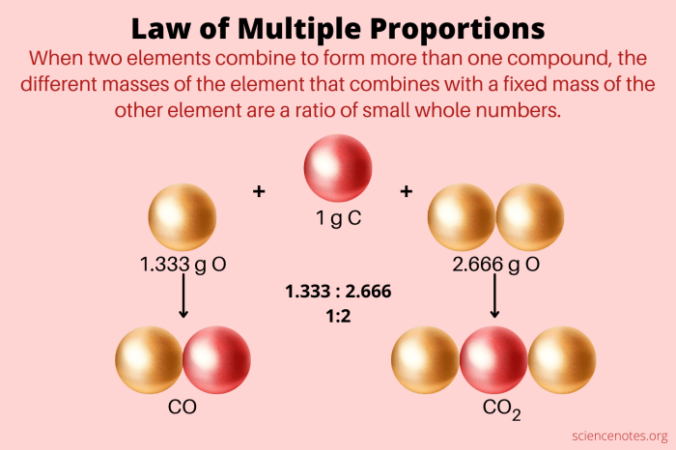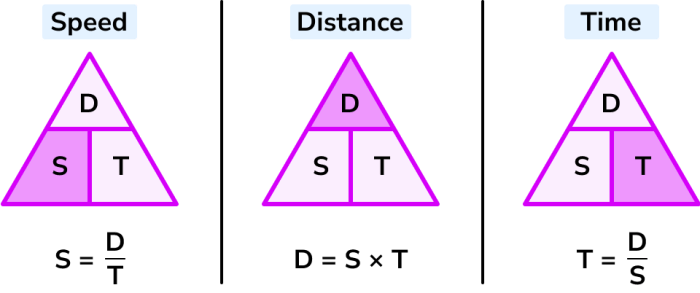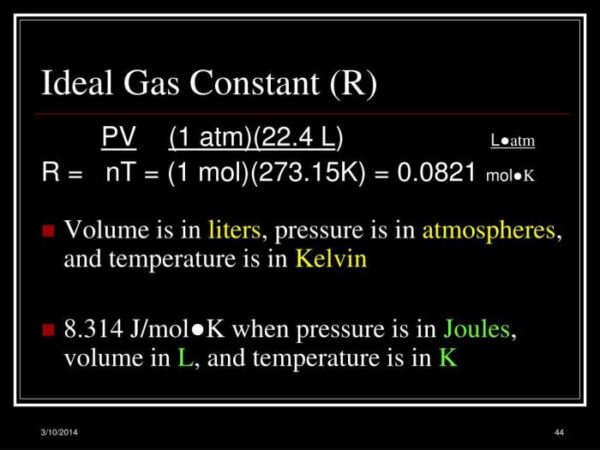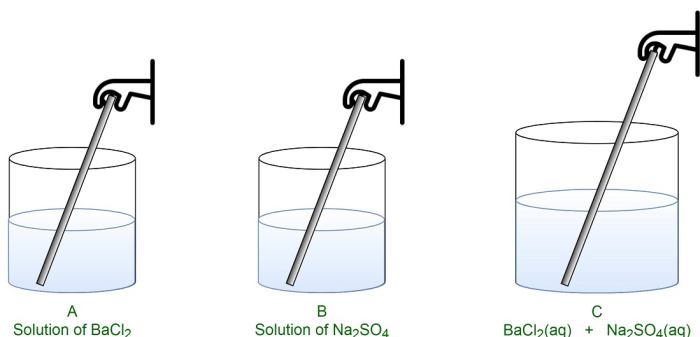
How do you determine the rate law sets the stage for this enthralling narrative, offering readers a glimpse into a story that is rich in detail and brimming with originality from the outset. Chemical kinetics, the study of reaction rates, relies heavily on understanding rate laws, mathematical expressions that describe how the rate of a chemical reaction depends on the concentrations of reactants. These laws are essential for predicting reaction rates, optimizing industrial processes, and even understanding how pollutants degrade in the environment.
Imagine you’re a chemist trying to develop a new drug. You need to understand how fast the drug breaks down in the body to determine its effectiveness and dosage. This is where rate laws come in! By understanding how the rate of the drug’s breakdown depends on its concentration, you can design a drug that stays in the body long enough to be effective but not so long that it becomes toxic.
Introduction to Rate Laws: How Do You Determine The Rate Law

In the realm of chemical kinetics, understanding the rate at which reactions occur is crucial. This is where the concept of rate laws comes into play. A rate law is a mathematical expression that describes the relationship between the rate of a chemical reaction and the concentrations of the reactants.
The rate law provides valuable insights into how the reaction proceeds and allows us to predict the rate of reaction under different conditions.
Relationship Between Rate Law and Rate Constant
The rate law is closely tied to the rate constant, denoted by ‘k’. The rate constant is a proportionality constant that quantifies the rate of a reaction at a specific temperature.
The rate law is a mathematical expression that relates the rate of a reaction to the concentrations of the reactants. The rate constant is a proportionality constant that quantifies the rate of a reaction at a specific temperature.
Essentially, the rate law tells us how the rate of reaction changes with changes in reactant concentrations, while the rate constant reflects the intrinsic speed of the reaction.
Types of Rate Laws
Rate laws can be classified based on the order of the reaction, which refers to the power to which the concentration of each reactant is raised in the rate law. Here are some common types:
– First-order reaction: The rate of reaction is directly proportional to the concentration of one reactant.
– For example, the decomposition of nitrogen pentoxide (N2O5) into nitrogen dioxide (NO2) and oxygen (O2) is a first-order reaction.
– The rate law for this reaction is: Rate = k[N2O5]
– Second-order reaction: The rate of reaction is proportional to the square of the concentration of one reactant or the product of the concentrations of two reactants.
– For instance, the reaction between hydrogen (H2) and iodine (I2) to form hydrogen iodide (HI) is a second-order reaction.
– The rate law for this reaction is: Rate = k[H2][I2]
– Zero-order reaction: The rate of reaction is independent of the concentration of the reactants.
– For example, the decomposition of ozone (O3) on a surface is a zero-order reaction.
– The rate law for this reaction is: Rate = k
Experimental Methods for Determining Rate Laws

Determining the rate law for a reaction is crucial for understanding the mechanism and predicting the reaction’s behavior under different conditions. Several experimental methods can be employed to determine the rate law.
Method of Initial Rates
The method of initial rates involves measuring the initial rate of a reaction at different initial concentrations of reactants. By comparing the initial rates, we can determine the order of the reaction with respect to each reactant.
The method of initial rates relies on the principle that the initial rate of a reaction is directly proportional to the initial concentrations of the reactants raised to their respective orders. This relationship is expressed in the rate law equation.
The rate law equation is: Rate = k[A]m[B]n, where:
– Rate is the initial rate of the reaction.
– k is the rate constant.
– [A] and [B] are the initial concentrations of reactants A and B.
– m and n are the orders of the reaction with respect to reactants A and B, respectively.
To determine the order of the reaction, we conduct a series of experiments where we vary the initial concentrations of one reactant while keeping the others constant. By comparing the initial rates, we can determine the order of the reaction with respect to the varied reactant.
For example, consider a reaction between A and B, where the initial rate is measured at different initial concentrations of A and B.
| Experiment | [A] (M) | [B] (M) | Initial Rate (M/s) |
|—|—|—|—|
| 1 | 0.1 | 0.1 | 0.01 |
| 2 | 0.2 | 0.1 | 0.04 |
| 3 | 0.1 | 0.2 | 0.02 |
From the data, we can observe that doubling the concentration of A (from experiment 1 to 2) quadruples the initial rate. This indicates that the reaction is second order with respect to A. Doubling the concentration of B (from experiment 1 to 3) doubles the initial rate, indicating that the reaction is first order with respect to B.
Therefore, the overall rate law for this reaction would be: Rate = k[A]2[B]1.
Method of Integrated Rate Laws, How do you determine the rate law
The method of integrated rate laws involves measuring the concentration of a reactant as a function of time and then using the integrated rate law to determine the order of the reaction.
The integrated rate law is an equation that relates the concentration of a reactant to time. The form of the integrated rate law depends on the order of the reaction.
For a first-order reaction, the integrated rate law is: ln[A]t – ln[A]0 = -kt, where:
– [A]t is the concentration of A at time t.
– [A]0 is the initial concentration of A.
– k is the rate constant.
– t is time.
For a second-order reaction, the integrated rate law is: 1/[A]t – 1/[A]0 = kt.
For a zero-order reaction, the integrated rate law is: [A]t – [A]0 = -kt.
By plotting the appropriate function of concentration versus time, we can determine the order of the reaction. For example, if a plot of ln[A]t versus time yields a straight line, then the reaction is first order. If a plot of 1/[A]t versus time yields a straight line, then the reaction is second order.
Using Half-Life to Determine the Rate Law
The half-life of a reaction is the time it takes for the concentration of a reactant to decrease to half its initial value. The half-life is related to the rate constant and the order of the reaction.
For a first-order reaction, the half-life is independent of the initial concentration and is given by: t1/2 = 0.693/k.
For a second-order reaction, the half-life is dependent on the initial concentration and is given by: t1/2 = 1/(k[A]0).
By measuring the half-life of a reaction at different initial concentrations, we can determine the order of the reaction. If the half-life is independent of the initial concentration, then the reaction is first order. If the half-life is inversely proportional to the initial concentration, then the reaction is second order.
Comparison of Experimental Methods
| Method | Advantages | Disadvantages |
|—|—|—|
| Method of Initial Rates | Simple and straightforward | Requires multiple experiments to determine the order of the reaction with respect to each reactant. |
| Method of Integrated Rate Laws | Can be used to determine the order of the reaction and the rate constant | Requires accurate concentration measurements over time. |
| Using Half-Life | Can be used to determine the order of the reaction and the rate constant | Requires accurate measurements of the half-life at different initial concentrations. |
Each method has its own advantages and disadvantages. The best method to use depends on the specific reaction and the available experimental data.
Wrap-Up

Determining rate laws is a fundamental skill in chemistry, allowing us to understand and predict the behavior of chemical reactions. By applying experimental methods and analyzing data, we can unravel the intricate mechanisms behind these reactions. From predicting reaction rates to optimizing industrial processes, the knowledge of rate laws empowers us to manipulate and control chemical reactions for a wide range of applications, making it a cornerstone of modern chemistry.
FAQ Corner
What are the units of a rate constant?
The units of a rate constant depend on the order of the reaction. For example, a first-order rate constant has units of s-1, while a second-order rate constant has units of M-1s-1.
How do you determine the order of a reaction?
The order of a reaction is determined experimentally by observing how the rate of the reaction changes with the concentration of reactants. For example, if doubling the concentration of a reactant doubles the rate of the reaction, then the reaction is first-order with respect to that reactant.
What are some examples of real-world applications of rate laws?
Rate laws are used in a variety of fields, including chemical engineering, environmental chemistry, and medicine. For example, rate laws are used to design chemical reactors, predict the rate of pollutant degradation, and understand the kinetics of drug metabolism.




